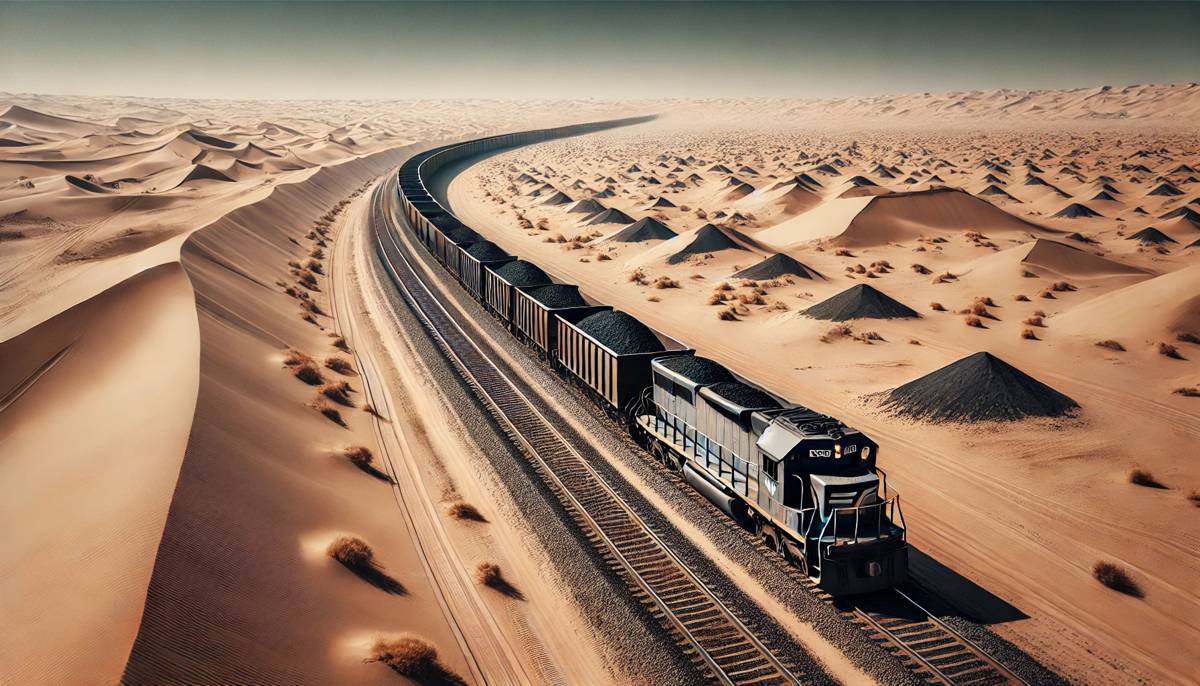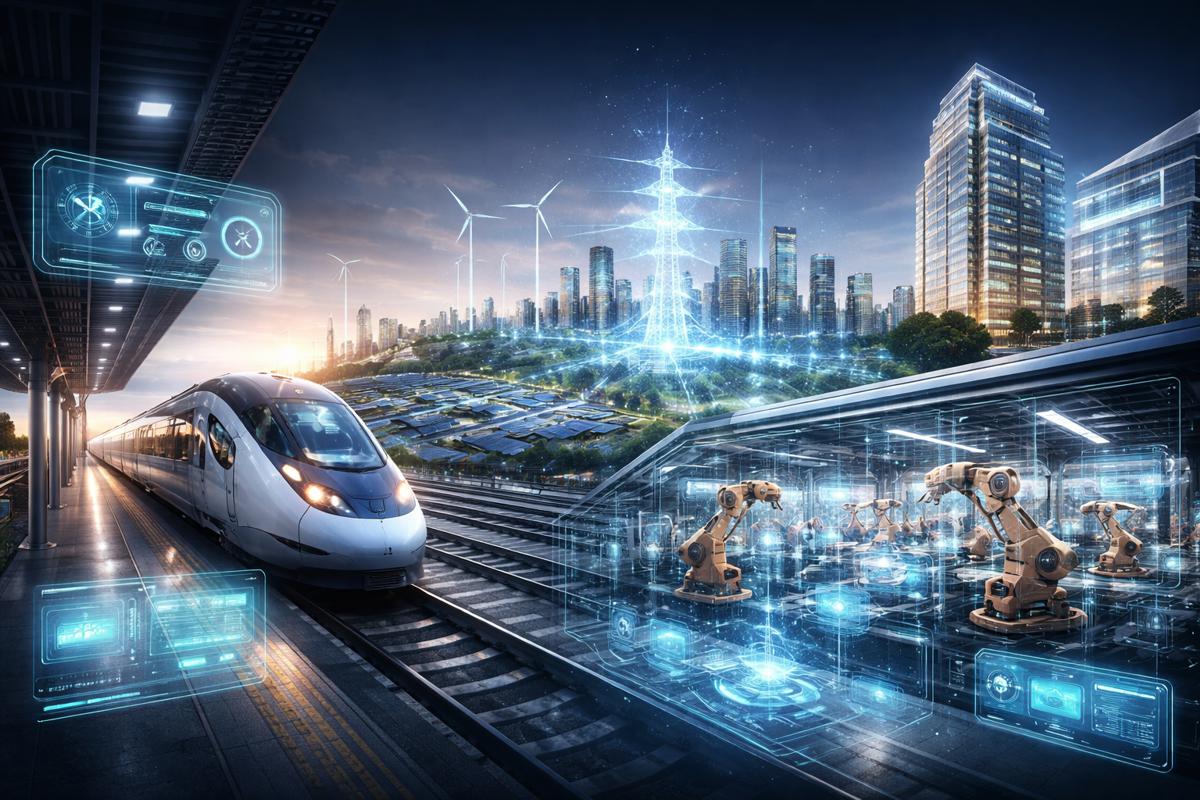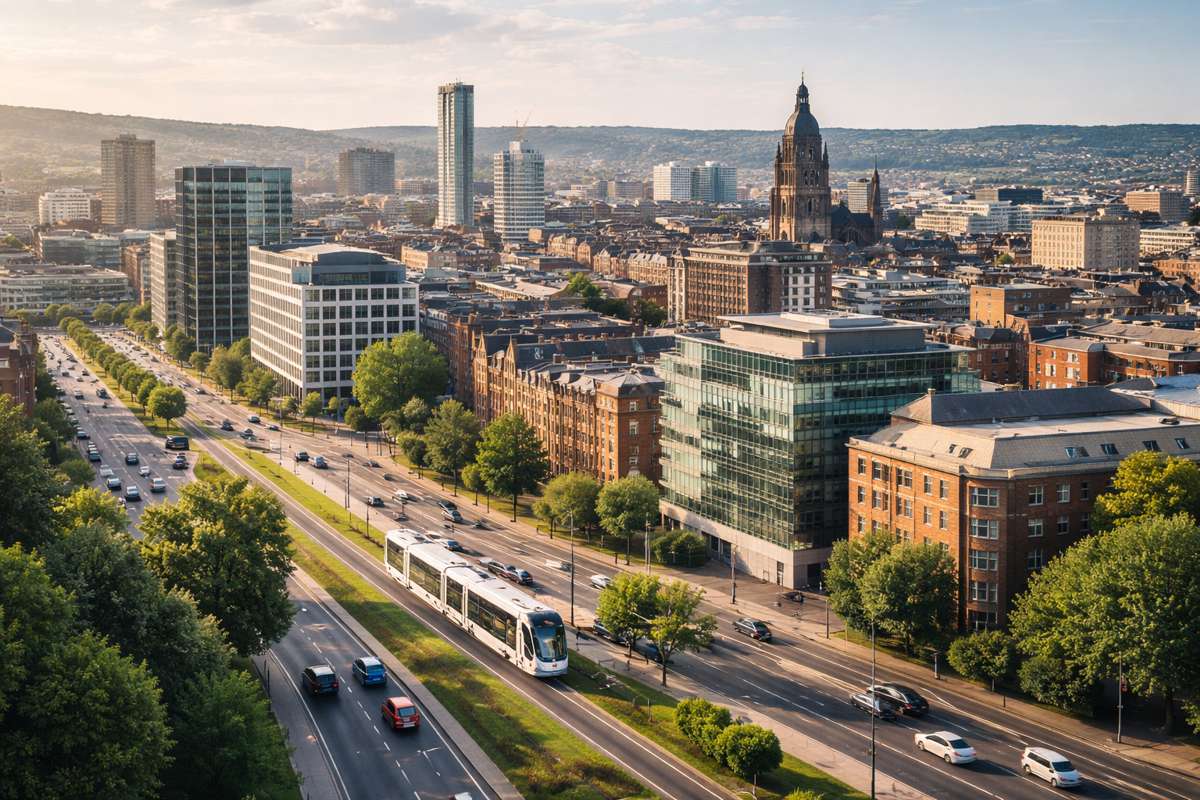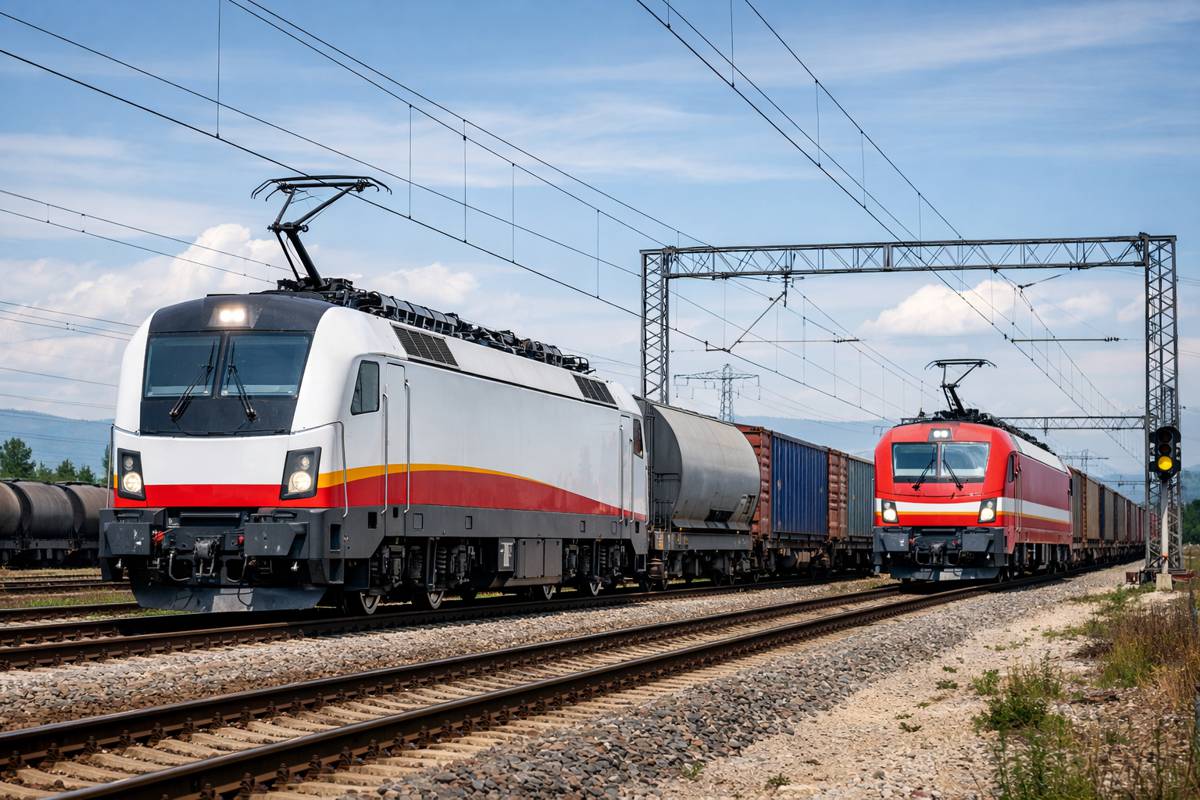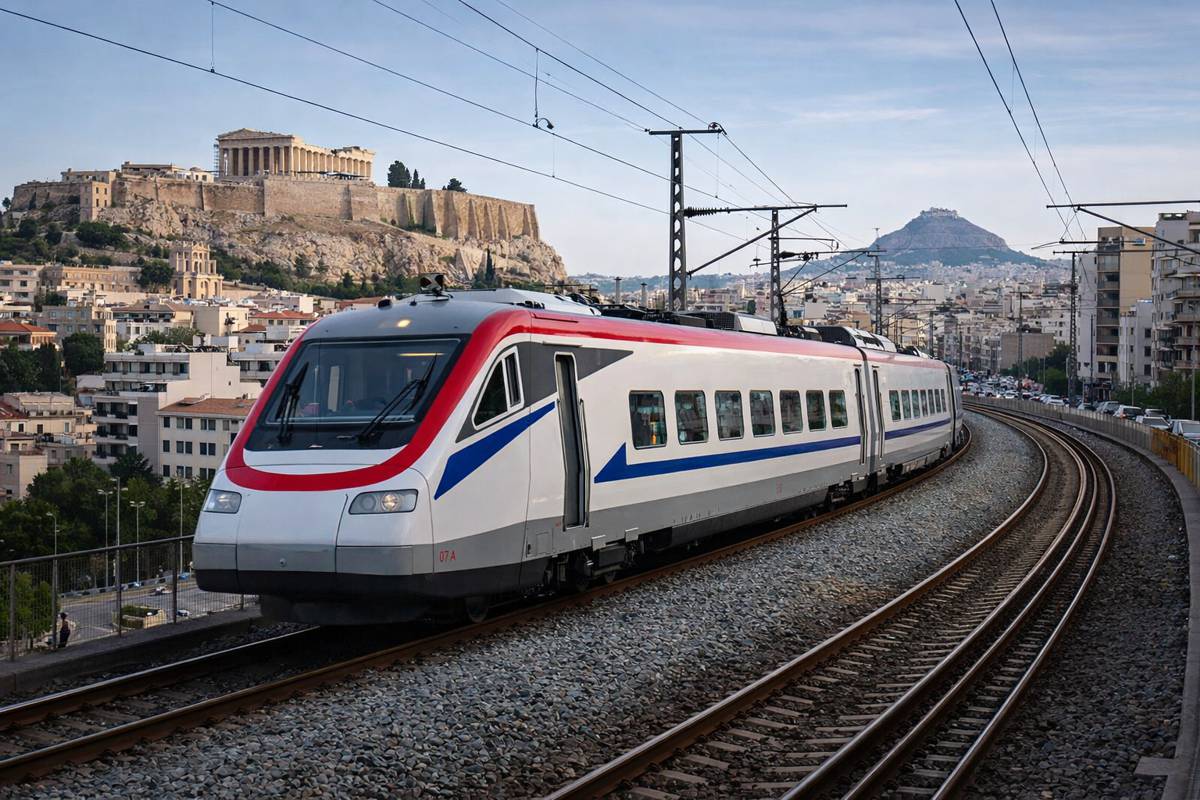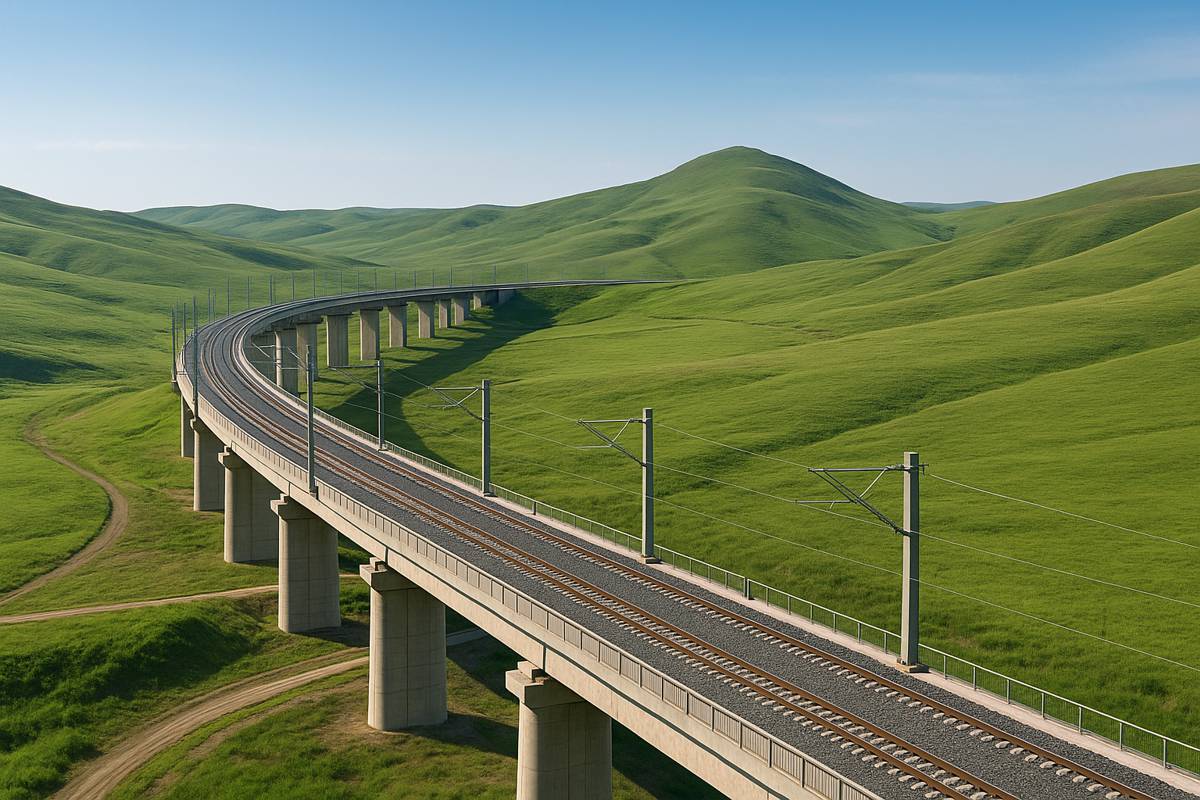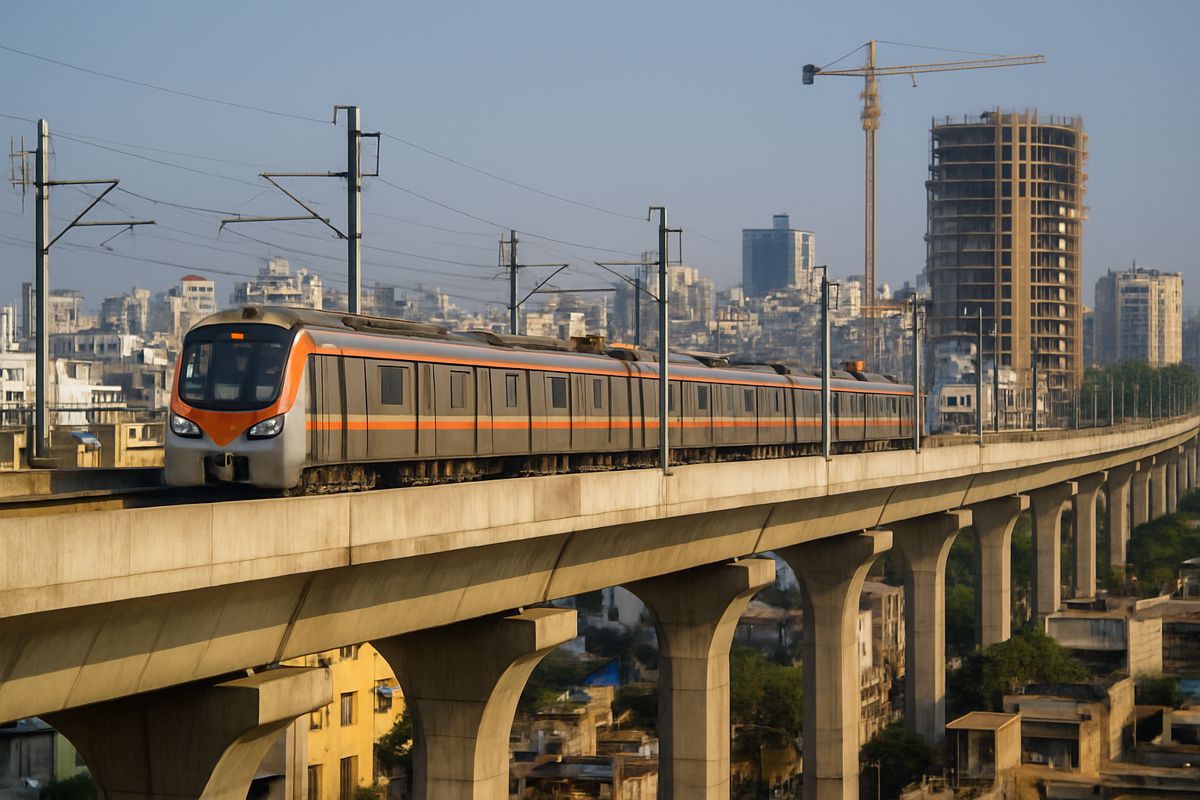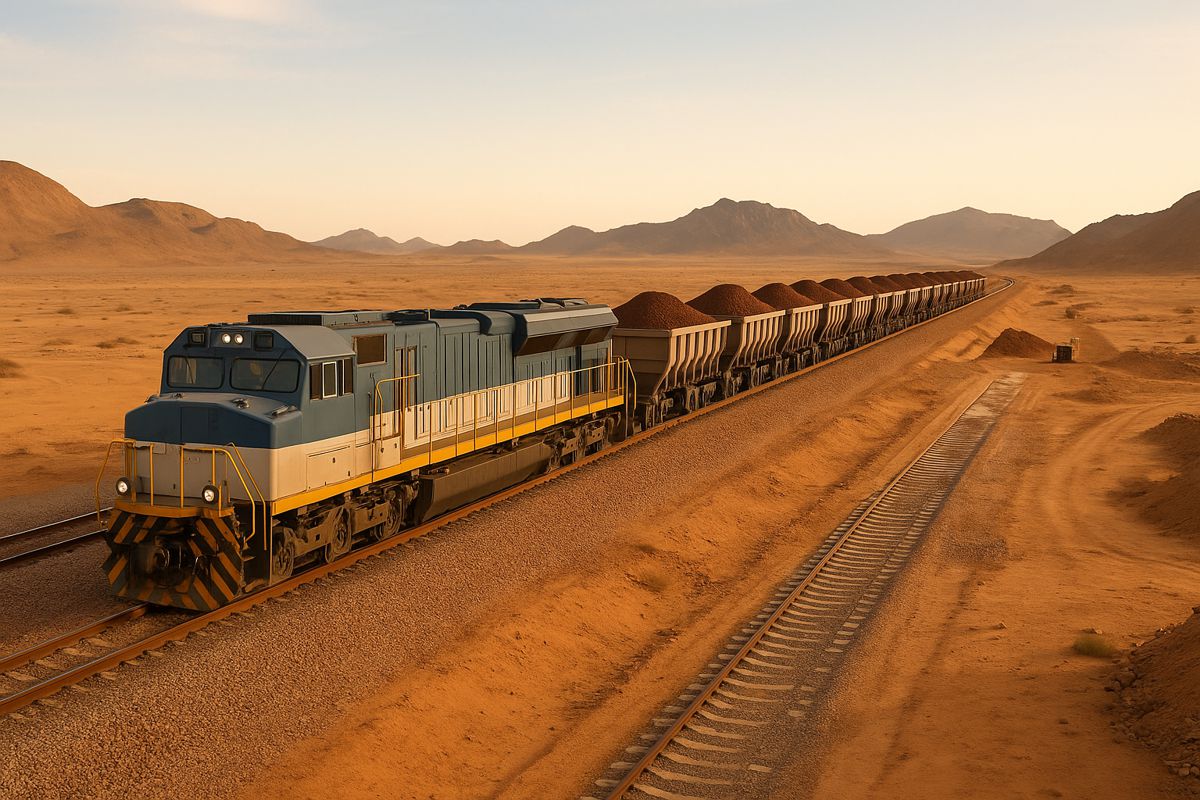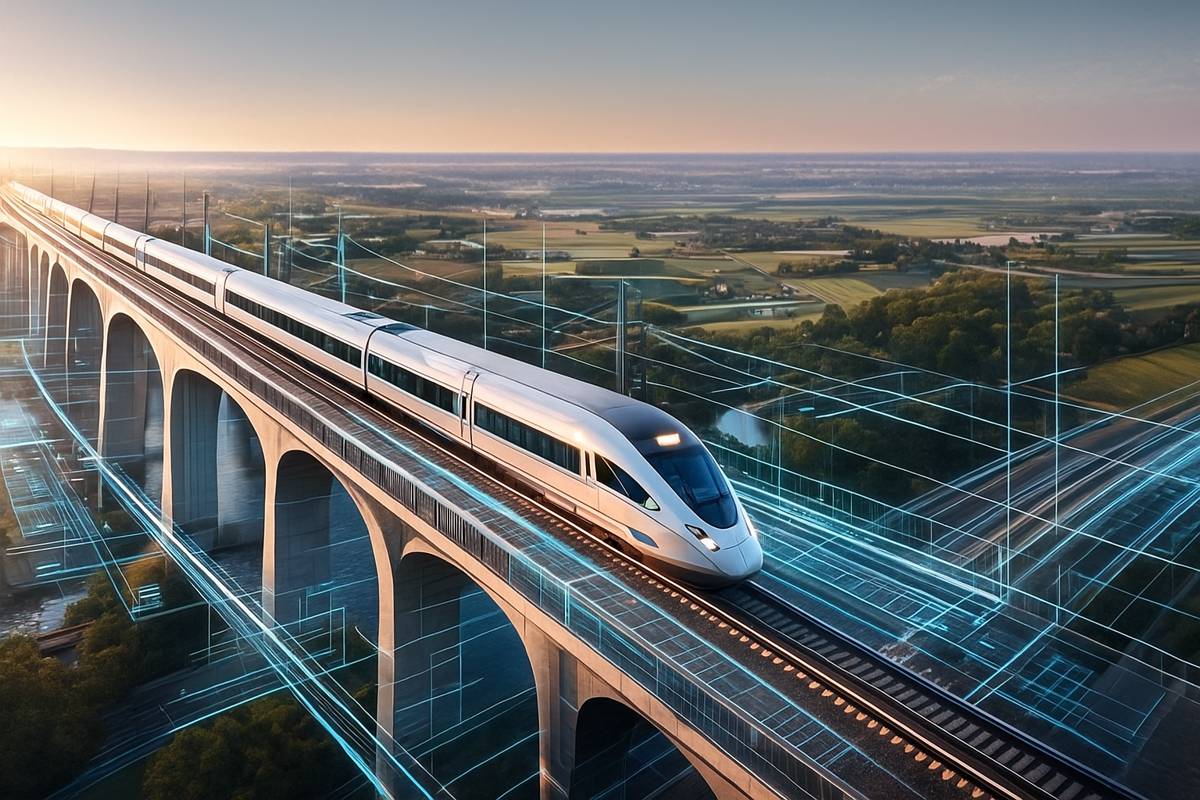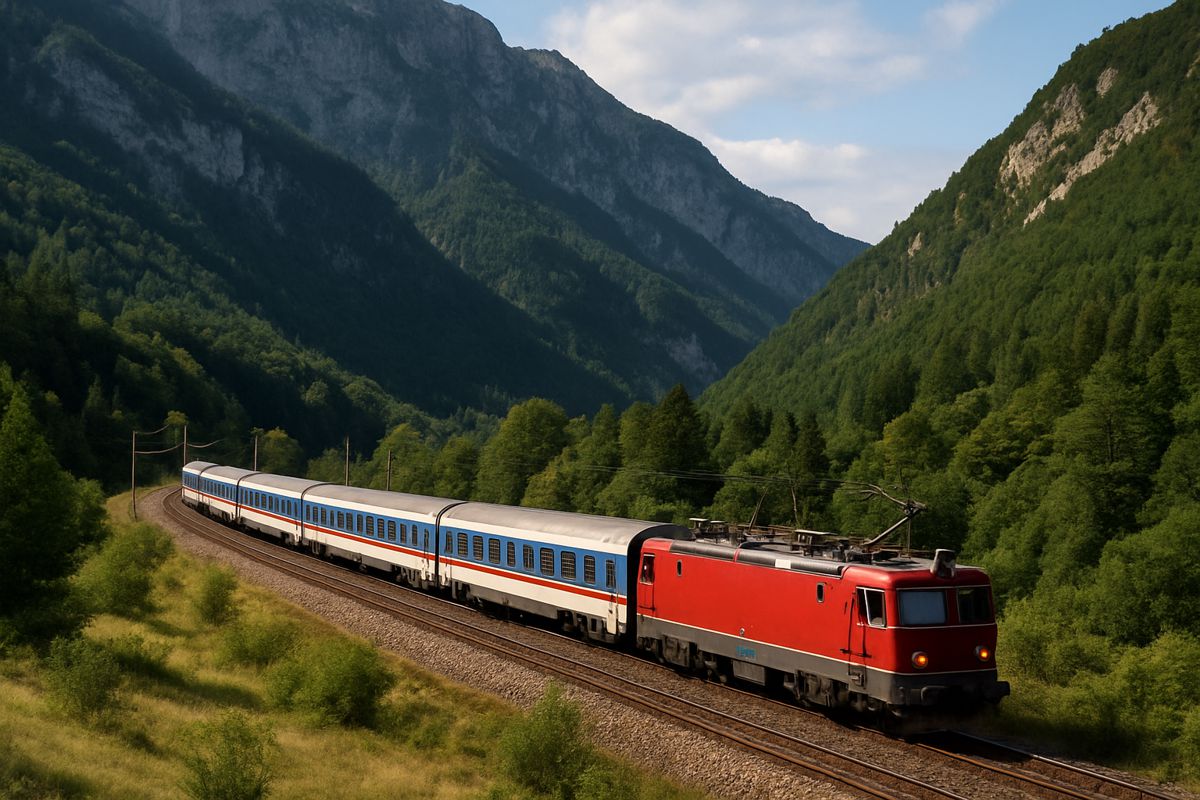A New Era in Rail Logistics and the Future of Efficient Rail Transportation
The popularity of rail in the context of freight transportation has had better and worse periods over the years. Now, its potential is being rediscovered, including its role as a link for intermodal transport.
Rail – the future of efficient and environmentally friendly transportation in Europe
There’s no denying that the railroad’s elevated status in investors’ eyes has been largely helped by the European Union’s climate policy, which supports low-emission transportation systems. Modern railroads generate a relatively small carbon footprint by the way they operate. Per the official portal of the EU Council and the European Council, it accounts for only 0.4% of the greenhouse gases emitted by transportation within the European Union and power consumption of 1.9%, considering all transportation methods.
While this is still a good result, considering the results for other modes of transportation, there is still room for improvement. Alternative energy sources using hydrogen, wind, and photovoltaics could help here. For example, the first trains equipped with a hydrogen fuel cell are no longer just prototypes. They can be found on tracks in Western Europe.
Regarding environmental performance, one should also remember the reduction of railroad noise pollution. Among the active measures that are aimed at reducing noise at the source are design changes to rolling stock consisting of:
- using composite brake pads instead of cast iron,
- the introduction of innovative wheel dampers into the designs,
- installation of aerodynamically optimized pantographs,
- using solutions to reduce wheel and track wear, such as radial torsion bogie.
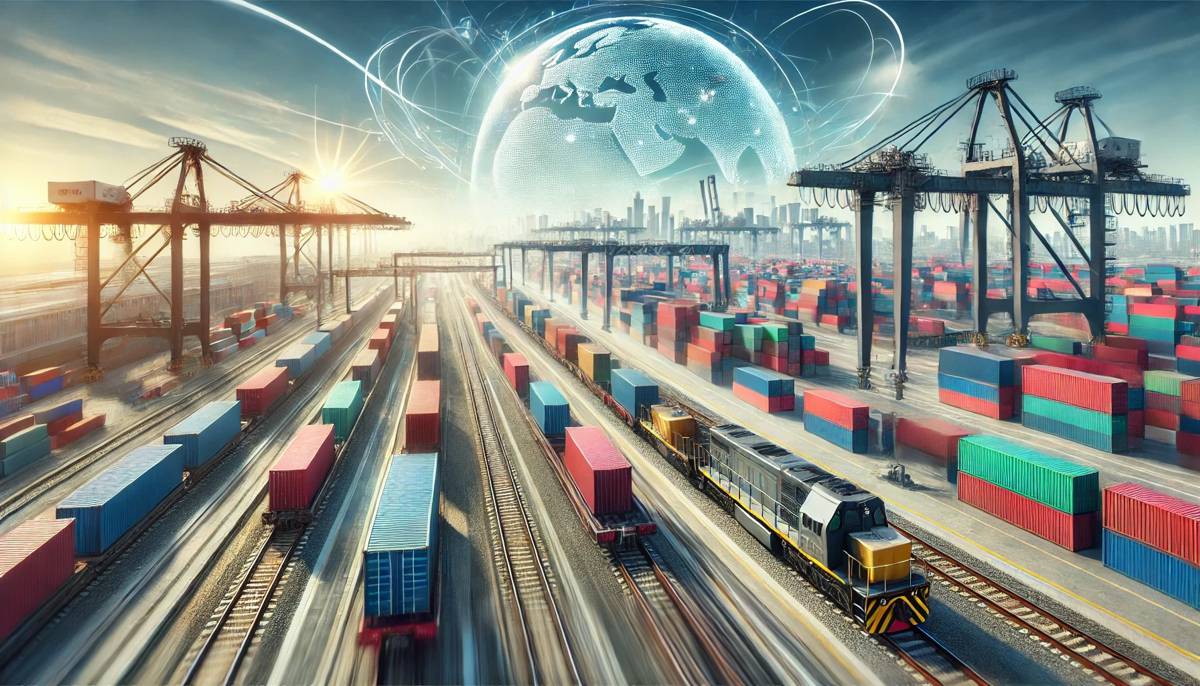
High-speed rail and its role in freight transport
In the context of railroads of the future, it is also worth mentioning High-Speed Railways. These sections of specially designed infrastructure allow them to move at speeds several times higher than the typical train set – 250 km/h on average and not infrequently over 300 km/h. In Western Europe, the concept is used relatively often, and the network of available connections covers the main urban centres in each country, such as Germany, Italy, France, and Spain.
High-speed railroads are generally reserved for passenger transport. Among other things, they reduce the negative impact of road transport on the environment and relieve traffic jams in strategically vulnerable locations – by increasing the number of passengers carried on critical routes.
Can High-Speed Rail also carry freight? Currently, there are no such plans. However, their existence increases the rail network’s capacity by shifting a large part of the long-distance routes to High-Speed Rail lines. Thus, significantly more space will be left on the already existing infrastructure for freight transport.
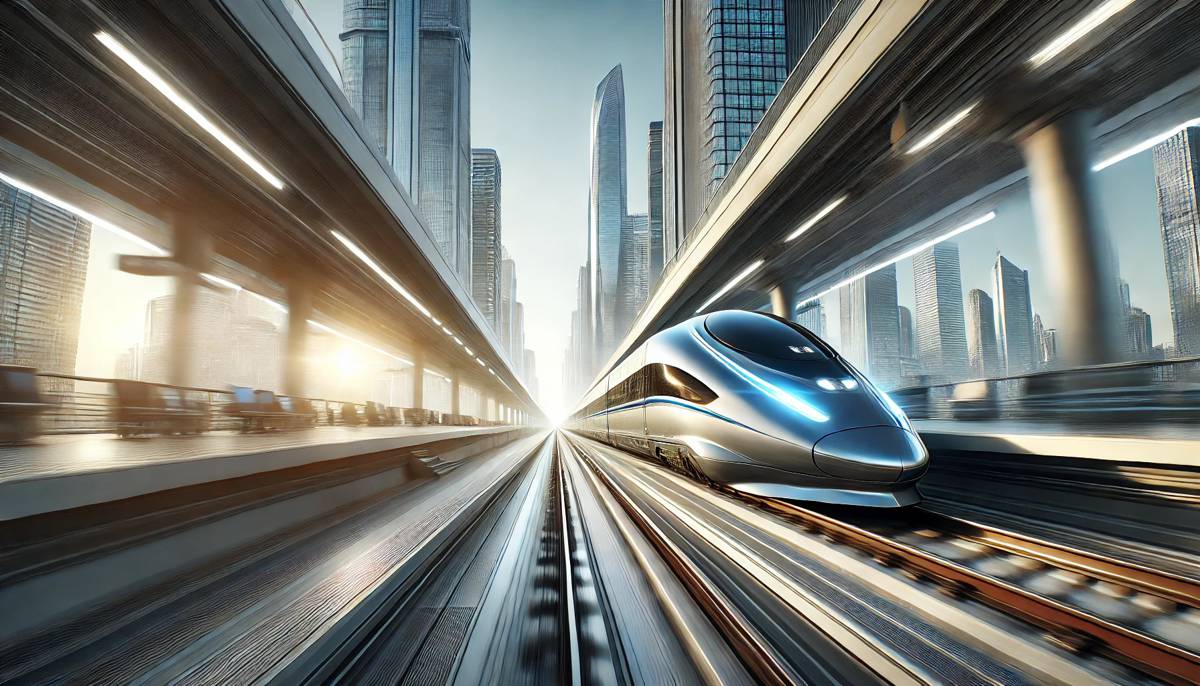
Automation and digitalization of rail transportation
When thinking about the future, it is easy to turn to innovative technologies associated naturally with this direction. Indeed, rail transportation is increasingly using automation, digitization, and Big Data solutions to optimize costs and enhance safety in the broadest sense. Changes in this area, which in some countries are already taking place and in others remain for the time being in the realm of plans, include:
- the introduction of automated train guidance – traffic management with digital solutions could increase the capacity of rail transportation and thus its efficiency,
- use of digital data to monitor goods transported by rail in real-time,
- planning railroad investments based on analytical data collected by digital traffic control systems. Such situational awareness will allow more sensible budget management to expand future infrastructure on critical sections of rail routes.
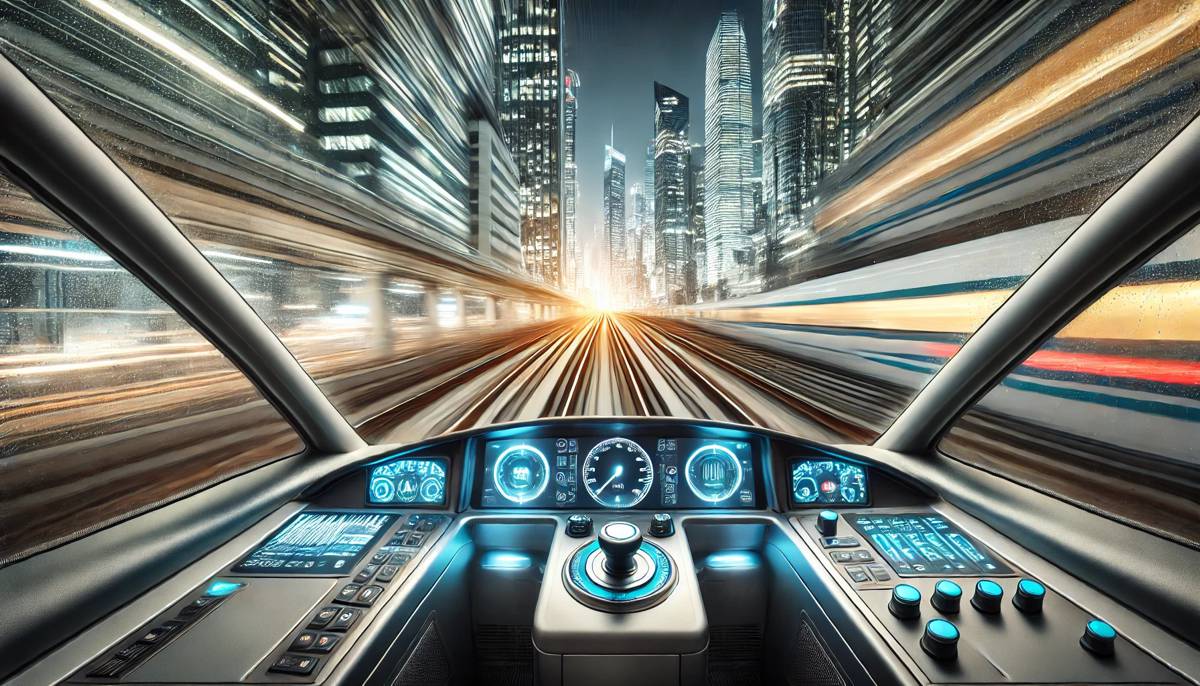
Rolling stock with a design that minimizes energy consumption
An innovative future also awaits the rolling stock, which is already undergoing modernization and faces many more changes in the coming years. The designs of modern locomotives include reduced drag to reduce energy consumption and bring tangible financial savings, including for investors looking for an economical source of transportation. Similar goals are to be served by the ability to adjust the speed of the depot to match track conditions.
Although rail freight already has a large share of the European and trans-European market, there are many indications that it will increase in the coming years. It is therefore worth taking an interest in this solution, for example, by opting for professional rail transportation with AsstrA.
